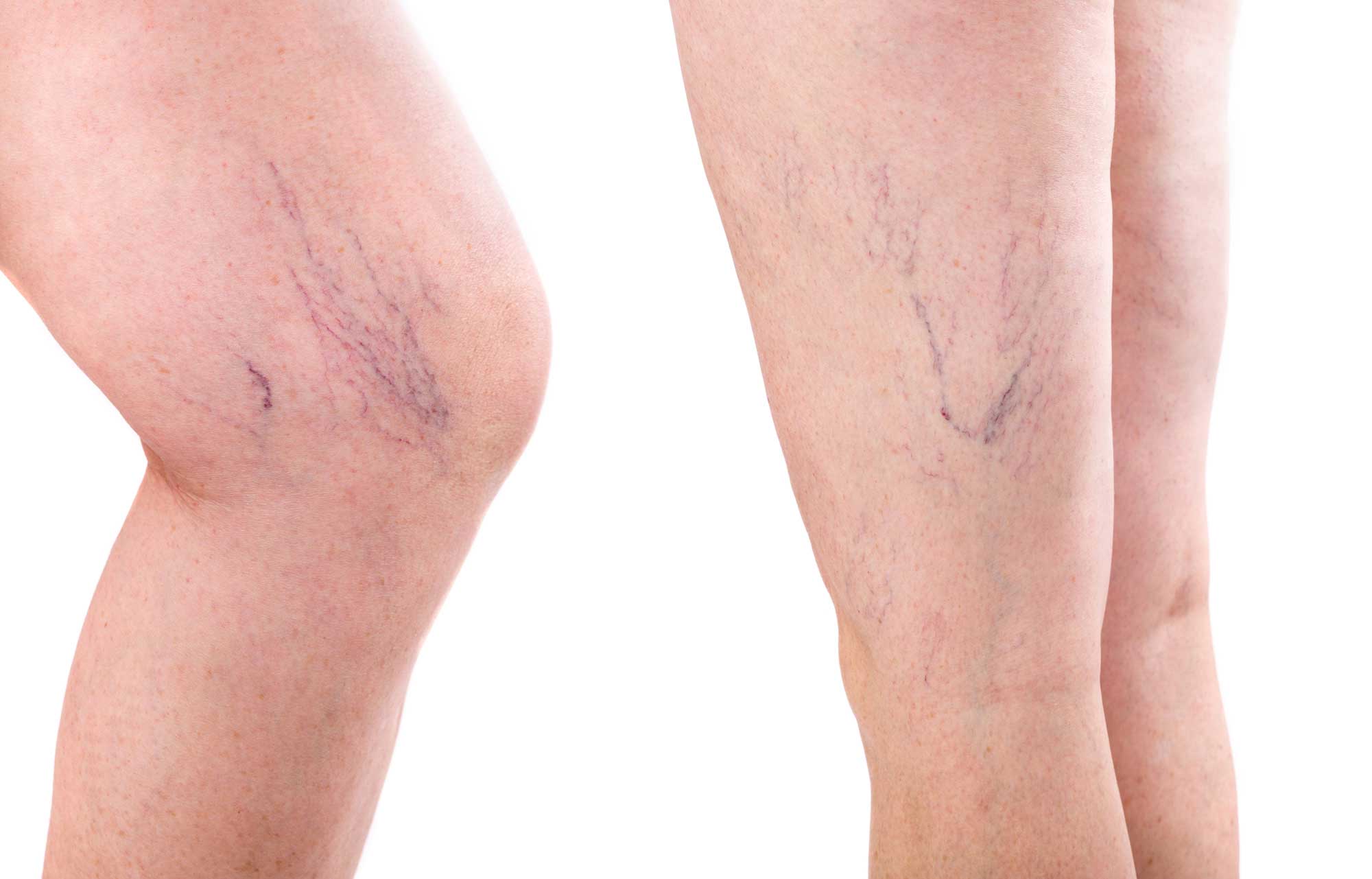The Science Behind Spider Vein Removal: Can It Truly Eliminate Unsightly Veins?
Spider veins, also known as telangiectasia, are small, dilated blood vessels that appear close to the surface of the skin. These clusters of red, blue, or purple veins can be a source of cosmetic concern for many individuals. Does spider vein removal really work?. However, it is essential to understand the science behind these treatments and their effectiveness. This article explores the science behind spider vein removal and evaluates its ability to eliminate unsightly veins.
Understanding Spider Veins:
Spider veins are commonly found on the legs, face, and other parts of the body. They develop due to various factors, including genetic predisposition, hormonal changes, obesity, prolonged sitting or standing, and sun exposure. While they are usually harmless, their appearance can cause self-consciousness and lead people to seek treatment.

The Causes Of Spider Veins:
Spider veins occur when the tiny valves within the veins become weakened or damaged, causing blood to flow backward and pool within the vessel. This leads to the dilation and visibility of these superficial veins. Hormonal fluctuations, especially during pregnancy and menopause, can exacerbate the development of spider veins.
Spider Vein Removal Techniques:
There are several methods used for spider vein removal, each targeting the damaged blood vessels. Here are some common procedures:
- Sclerotherapy: This treatment involves injecting a sclerosing solution directly into the affected veins, causing them to collapse and fade over time.
- Laser Therapy: Utilizing targeted laser energy, this procedure delivers heat to the spider veins, gradually destroying them and causing them to fade away.
- Intense Pulsed Light (IPL) Therapy: IPL emits high-intensity pulses of light, which are absorbed by the spider veins, leading to their destruction and subsequent reabsorption by the body
- Radiofrequency Ablation: This technique employs heat generated by radiofrequency energy to seal off the damaged veins, redirecting blood flow to healthier vessels.
Effectiveness Of Spider Vein Removal:
Spider vein removal techniques have shown promising results in eliminating or significantly reducing the appearance of spider veins. However, complete eradication may not always be achievable. Factors such as the size and extent of the veins, individual response to treatment, and underlying causes may influence the outcomes. Multiple treatment sessions are often required to achieve optimal results.
Benefits And Considerations:
Spider vein removal treatments offer several benefits, including enhanced appearance, increased self-confidence, and relief from associated symptoms like aching, burning, or itching. These procedures are generally safe, with minimal side effects such as temporary bruising or discoloration. However, it is crucial to consult with a qualified professional to assess candidacy, discuss potential risks, and determine the most suitable treatment approach.

Vein Centers: Specialized Care For Vein Disorders:
What is a vein center are medical facilities dedicated to the diagnosis, treatment, and management of various vein disorders, including spider veins. These centers are staffed with experienced vascular specialists who possess in-depth knowledge of the circulatory system and venous conditions. They utilize state-of-the-art technologies and offer a range of treatment options tailored to individual needs. Vein centers provide comprehensive care, ensuring patients receive accurate diagnoses and appropriate treatments.
Conclusion:
Spider vein removal procedures, such as sclerotherapy, laser therapy, IPL therapy, and radiofrequency ablation, have demonstrated effectiveness in reducing the appearance of spider veins. While complete eradication may not always be possible, these treatments can significantly improve the cosmetic appearance and alleviate associated symptoms. Vein centers play a crucial role in providing specialized care for vein disorders, ensuring that patients receive the most
Comments
Post a Comment